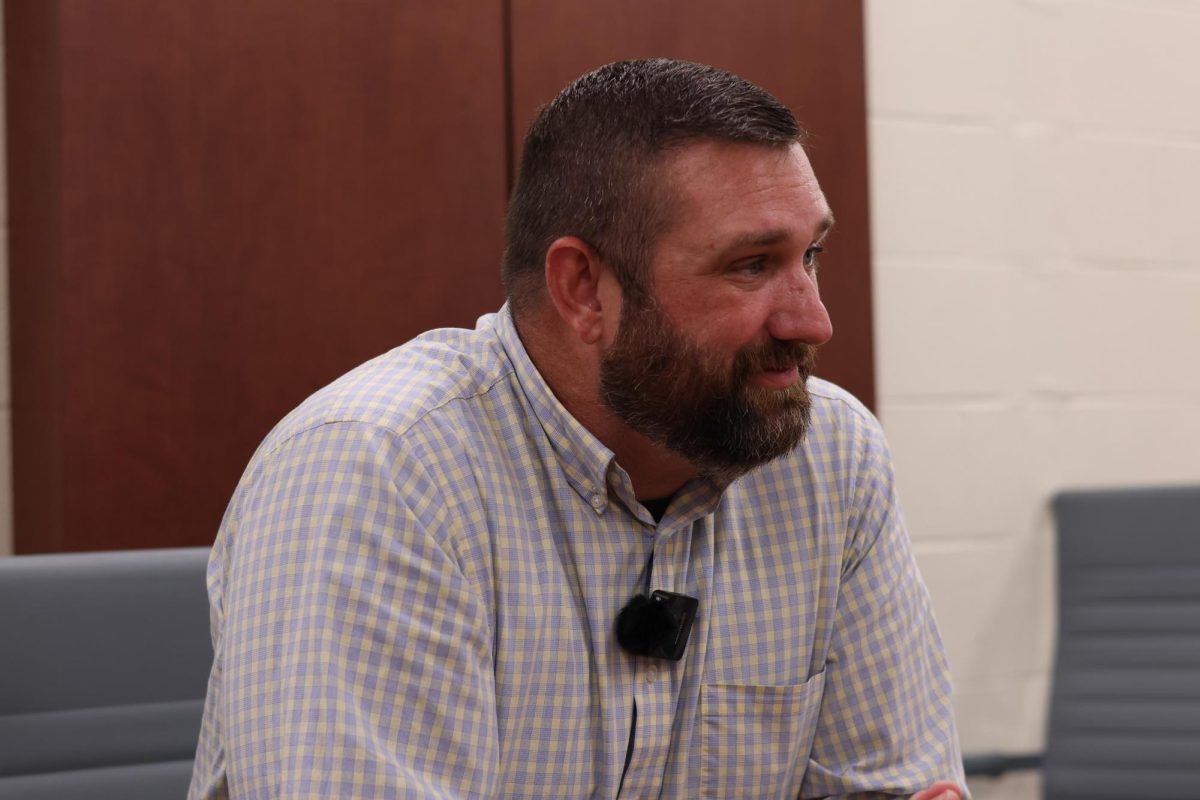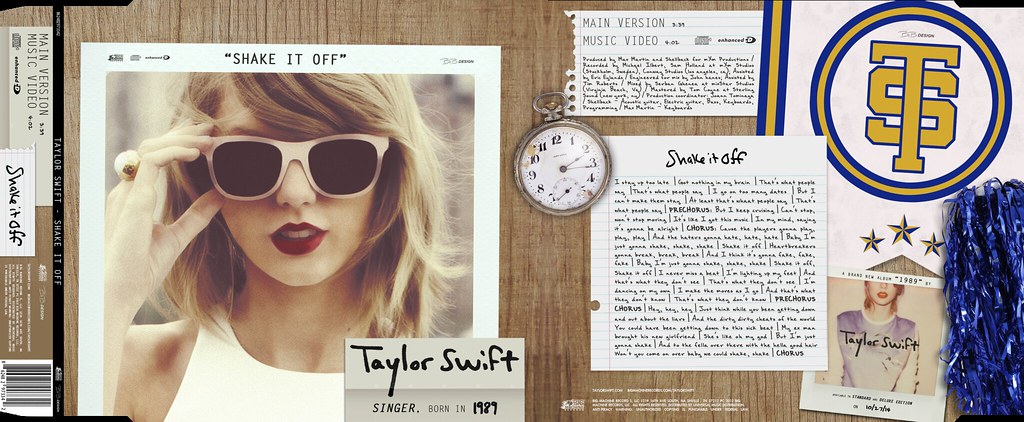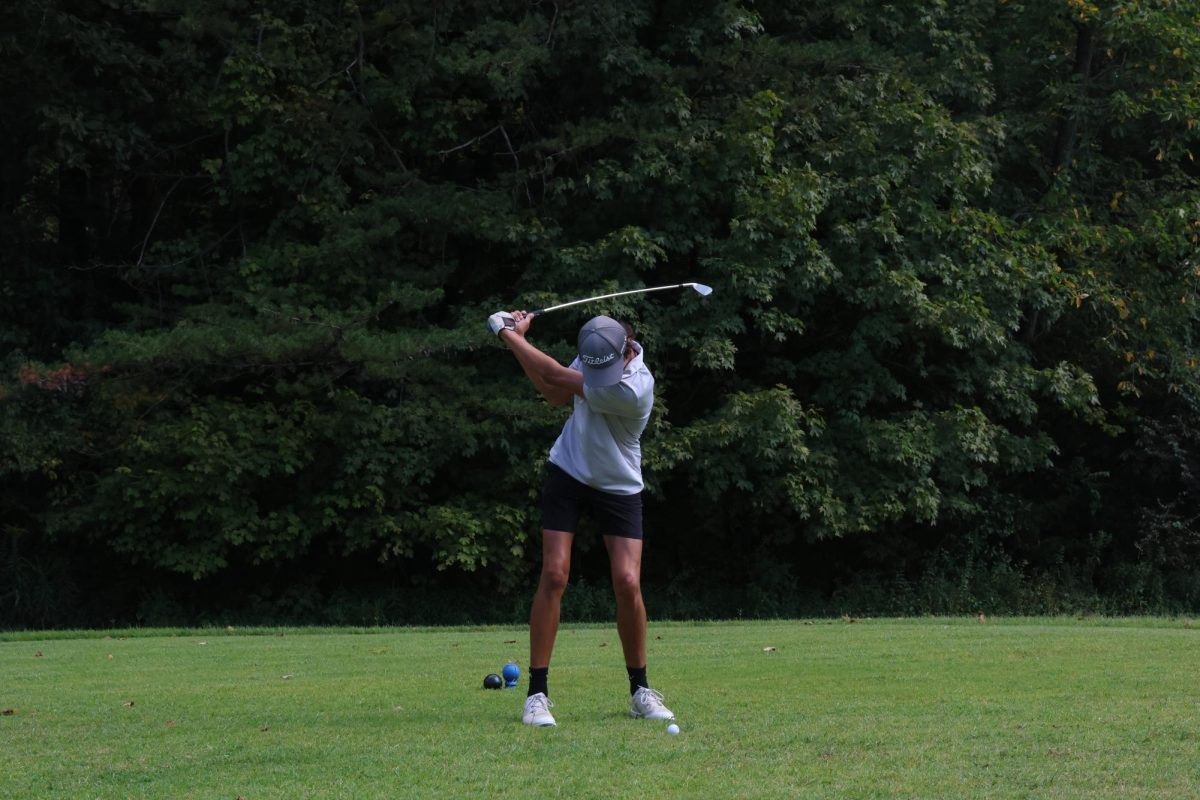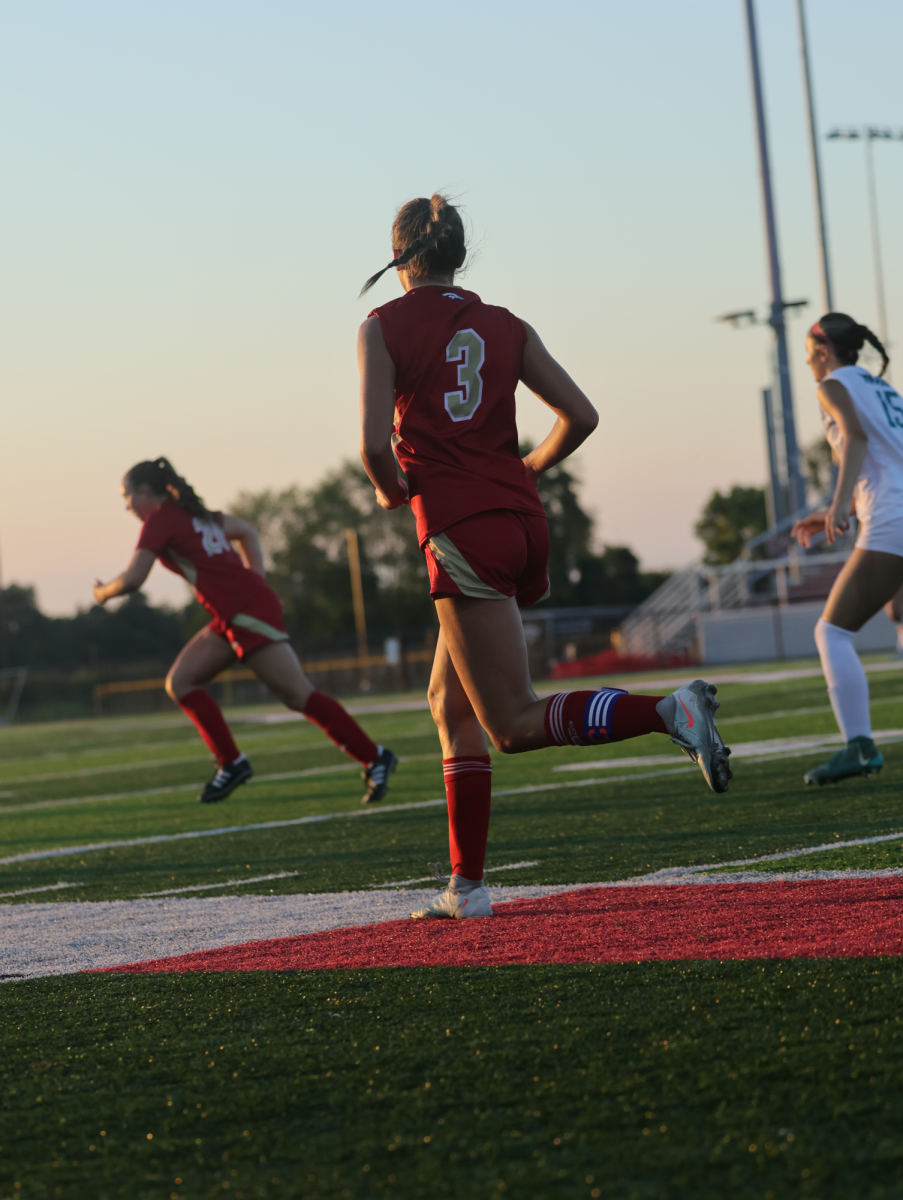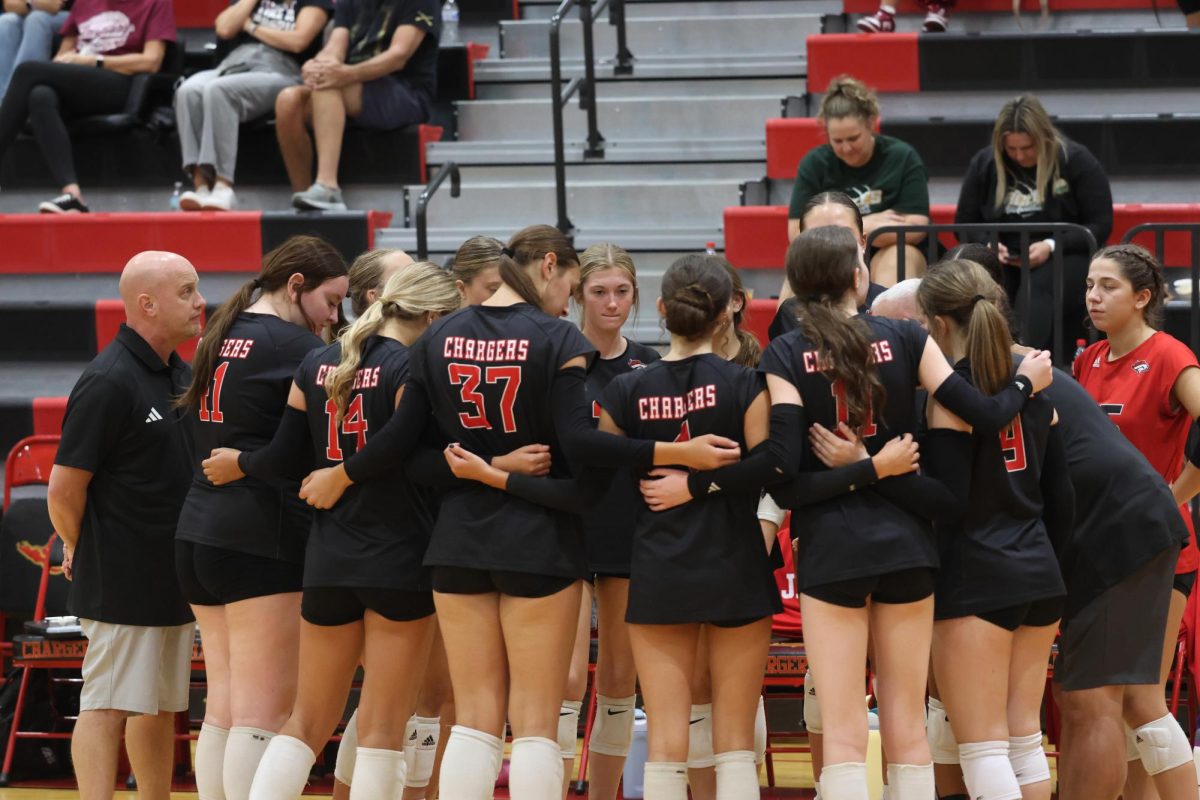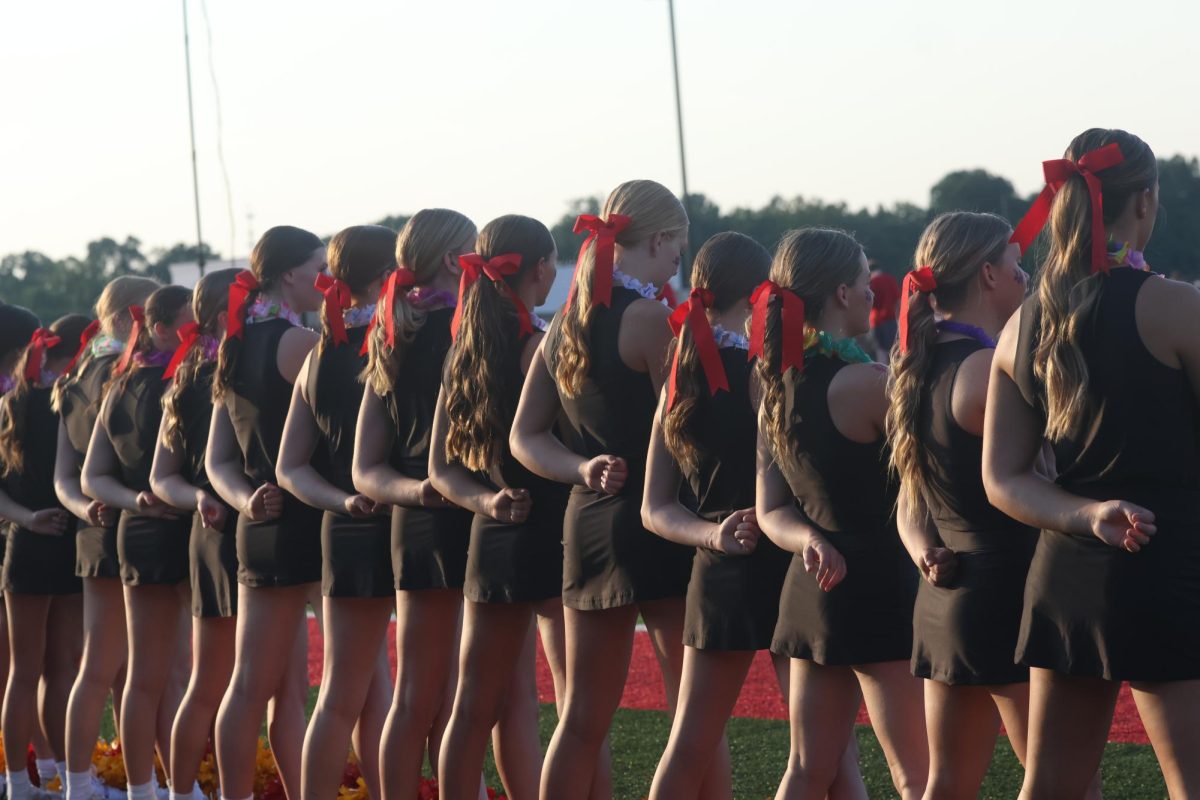Injury is a constant reality for athletes, whether they’re in high-contact sports, dance, or other physically demanding fields. The pressure to keep going, despite physical pain is common, and managing these expectations can be as tough as the sport itself. When talking to athletes from various disciplines, it becomes clear there’s a culture where dealing with pain is just part of the daily routine, and taking a break to recover is rarely an easy choice.
For highschool competitive dancer Delaney Mulligan, pain is a regular part of her career. “Honestly, there isn’t a week where I’m not feeling some kind of pain that’s out of the ordinary,” Mulligan explains. “But stopping doesn’t feel like an option. There’s always this fear of falling behind or not being seen as committed enough.” When asked about her current condition, she admitted to a recurring ankle injury that flares up now and then. “I know it probably hasn’t healed properly because I didn’t give it the care and rest it needed. But in this world, that’s just how it is,” Mulligan said.
Kevin Brown, an experienced athletic trainer, often sees this pattern of overuse among athletes, particularly in high-pressure sports. “The most common injuries I see are sprains, strains, and tendonitis. And yes, overuse is a big factor here,” Brown said. “Athletes are pushed to their limits constantly, and that’s where injuries come from.” Kevin believes that prevention is key, though he knows how hard it can be to put that into practice. “I always recommend a mix of rest, proper stretching, and sometimes even low-impact exercises. It’s hard to prevent injury without making some time for recovery. But the idea of taking time off doesn’t sit well with most athletes,” Brown said.
Balancing recovery and performance isn’t just a physical struggle; it’s also a mental one. Grace Varney, a highschool volleyball player, shares her thoughts on dealing with injuries in her sport. “I haven’t had a serious injury myself, but I’ve seen teammates go through it. They’d keep pushing until they literally couldn’t take it anymore. One of my teammates tore her ACL, and she kept playing on it for two games because she didn’t want to disappoint anyone. She was in visible pain, but she stayed out there.” When asked if she would want to stop if she were injured, Grace paused before admitting, “Honestly, I’d want to keep going, but I know my coach would probably want me to sit out,” Varney said.
These shared experiences of athletes highlight a culture where injury is often seen as an obstacle to overcome rather than a signal to stop. Many athletic programs, coaches, and trainers are working to change this mindset, urging athletes to prioritize their health. As Brown explains, “Until we make it a norm for athletes to listen to their bodies without feeling like they’re failing, it’ll be hard to see change,” Brown said.
Pain in sports is more than physical; it’s a testament to the mental and emotional strains athletes endure in their pursuit of excellence. The hope is that, in time, these pressures will be alleviated as the conversation around injury and rest continues to evolve.


